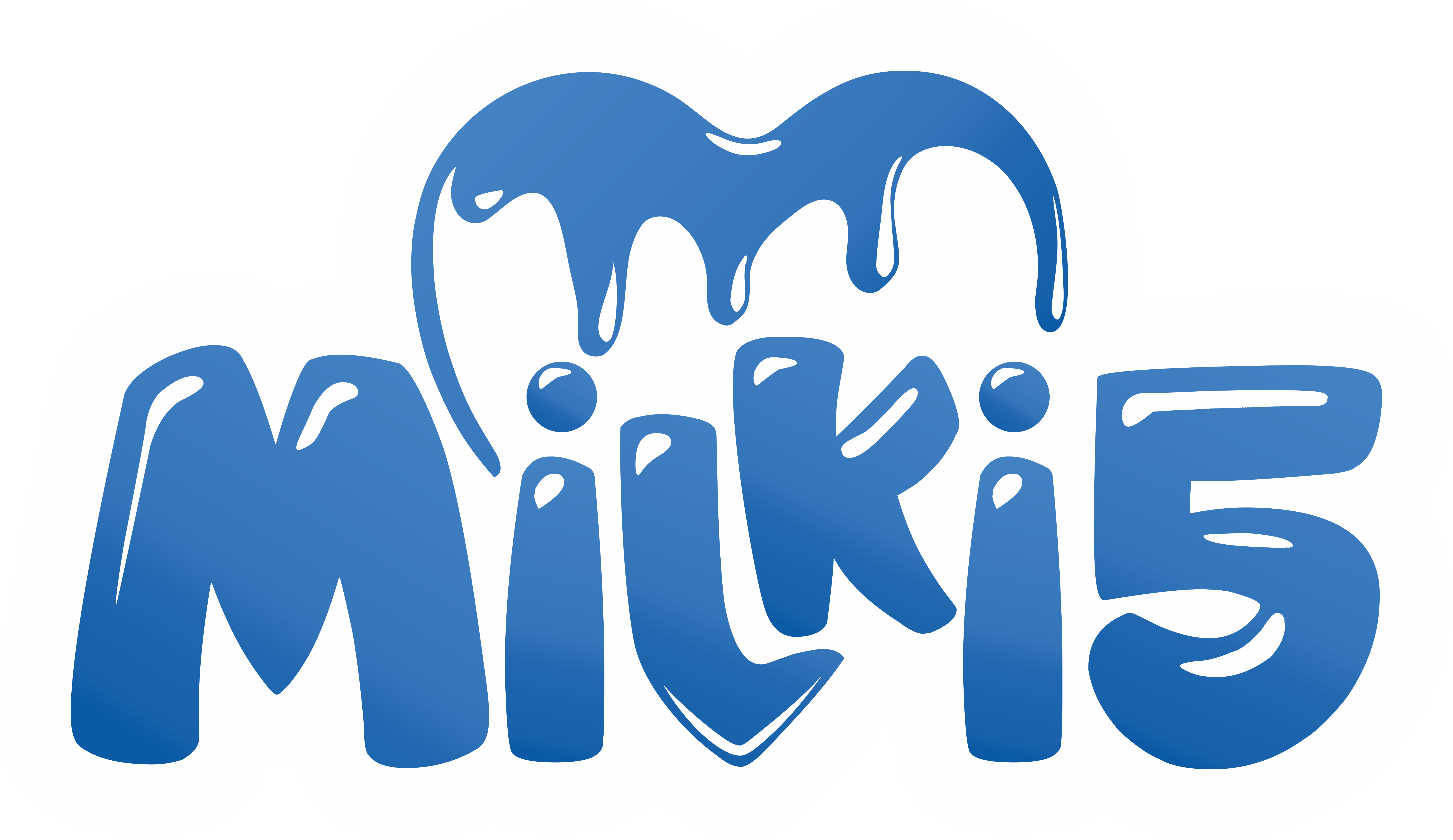Our Industry
The process of formation

Milk composition is standardised so elements like fat content are made consistent no matter the season or breed of cow the milk comes from.
This removes some or all of the cream to make reduced-fat, low-fat or skim milk. Skim milk solids can be added back to improve the test and texture, and increase nutrients like protein and calcium.
This moves milk across a membrane under moderate pressure, which holds back protein, fat globules, and a large amount of calcium complexes.
Water and lactose (the sugar in milk) pass through, leaving behind a very protein and calcium-rich product. The fat content can be adjusted to suit consumer preference.
This is very similar to ultrafiltration, but the membrane holds back most of the milk solids and only lets water pass through. Lactose remains in the product. There is no impact on flavour.
This is a combination of ultrafiltration and reverse osmosis, but it holds back milk solids and allows both water and salt to pass through.

How milk is made depends on a number of different technologies – all designed to make the process more efficient.
The milk is sent through stainless steel pipes to large refrigerated vats, then stored at 5°C or less. Within 48 hours, milk is taken in tankers to a milk factory where it’s pasteurised and homogenised.
This technique heats milk to 72°C for no less than 15 seconds, then cooled immediately to destroy any harmful bacteria and micro-organisms. This also extends the shelf life.
Milk is put under pressure through fine nozzles, which evenly disperses fat globules. This stops the cream separating and rising to the top, allowing a more consistent texture and taste. Some manufacturers produce unhomogenised milk for people who prefer the cream to separate and rise to the top of the bottle. Today’s farm technology, cattle management and factory methods allow for greater consistency of milk, and milk composition can be adjusted for year-round consistency.

This removes water from milk in order to make powdered milk products. Milk’s nutritional value remains the same.
In order to standardise milk year-round, some manufacturers use a process called ultrafiltration where a membrane filter separates certain elements from milk (just like in the descriptions above). Milk is passed through a very fine filter, and the lactose (milk sugar), vitamins and minerals that filter through are referred to as “permeate”. Permeate is a technical term which applies to all membrane filtration processes used across food production and other industries. For example, when producing apple juice the fruit is put through a similar filtration process where permeate is the clear juice we end up buying and consuming.
In milk processing, the word “permeate” does not refer to anything added which was not already part of milk.
OUR ETHOS
Assured Quality
Ethical Processes
Green Energy

It was in the year 1930 that Milki5’s very initial inception was made. Even though the brand was nowhere near being founded, for that would happen nearly 9 decades later, Mr Jayanti Thakkar worked the sweat off his back as a farmer to produce some of the best quality milk this region had seen.


Mr Jayanti Thakkar was joined by his son Mr Balvantrai Thakkar in the family business of Dairy Industry. He brought his twist to the venture by taking milk from the famers and selling it at the market. That can be marked as the proper initiation of the brand Milki5 we know today, though the path to greatness had just begun.


30 years later, Balvantrai ji’s son, Mr Pinakin Thakkar joined the family entrepreneurship to help his father grow the business and take it to new heights of success. At this point, Mr Balvantrai Thakkar’s otherson; Mr Bhavesh Thakkar went on to pursue his higher studies.


While Mr Bhavesh Thakkar was completing his BSc. In Chemistry and thereafter his MCA, the company Shree Sahajanand Dairy was founded in Bharuch that would be the predecessor of Milki5. The brand started out with selling just 5 liters of milk per day. With the utmost and unfaltering support of Late Sushila Ben, the wife of Mr Balvantrai Thakkar, he and, his son, Mr Pinakin Thakkar slowly but steadily build Shree Sahajanad Dairy on the road to the peak of success.


Today, Shree Sahajanad Dairy has been renamed into Milki5 and today they sell over 10,000 pouches of milk per day. Mr. Balvantrai Thakkar and Mr. Pinakin Thakkar have been joined by Mr Bhavesh Thakkar and they see the joined dream of making Milki5 the most successful dairy brand in the country. With the grace of God and their hard work, the dream is bound to come true.













